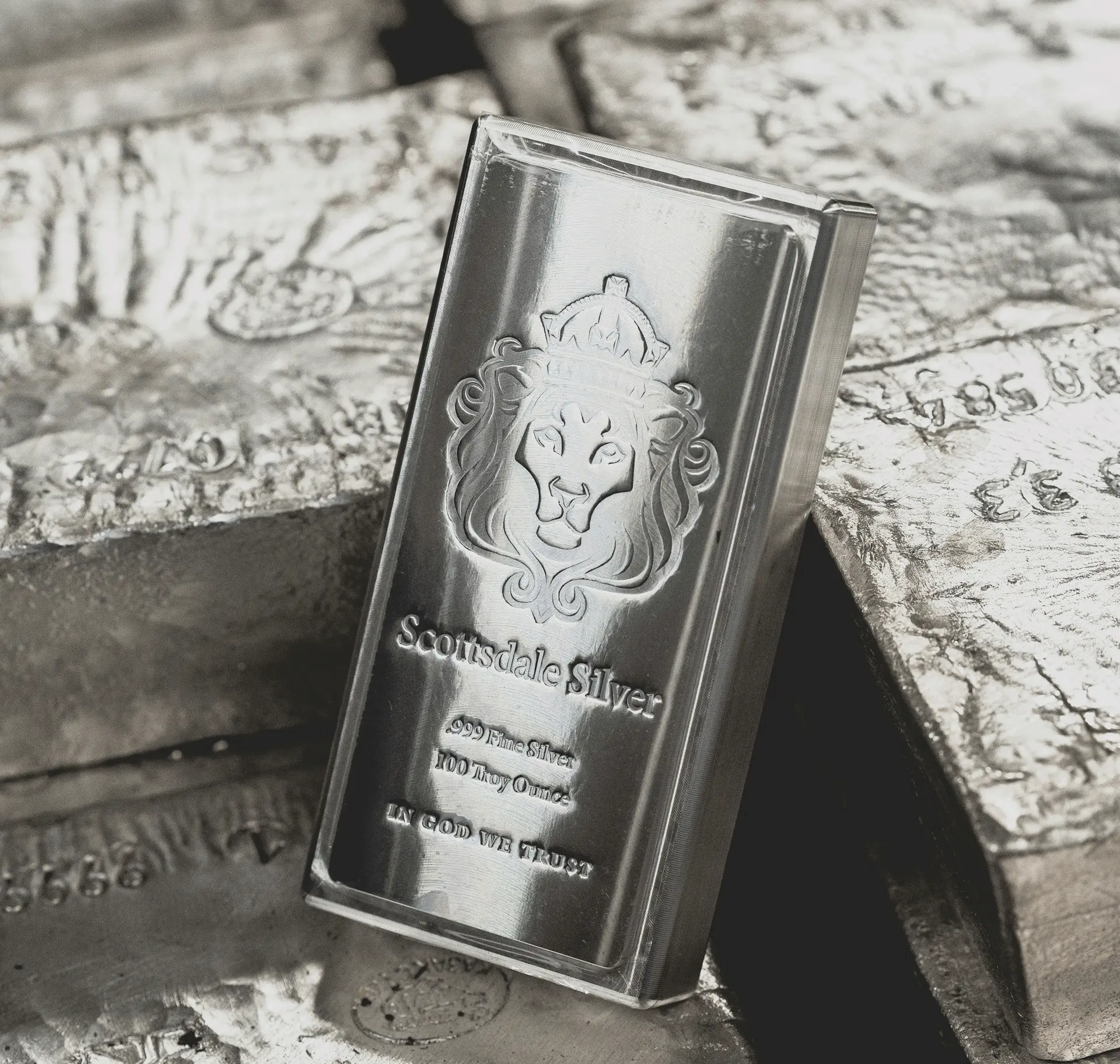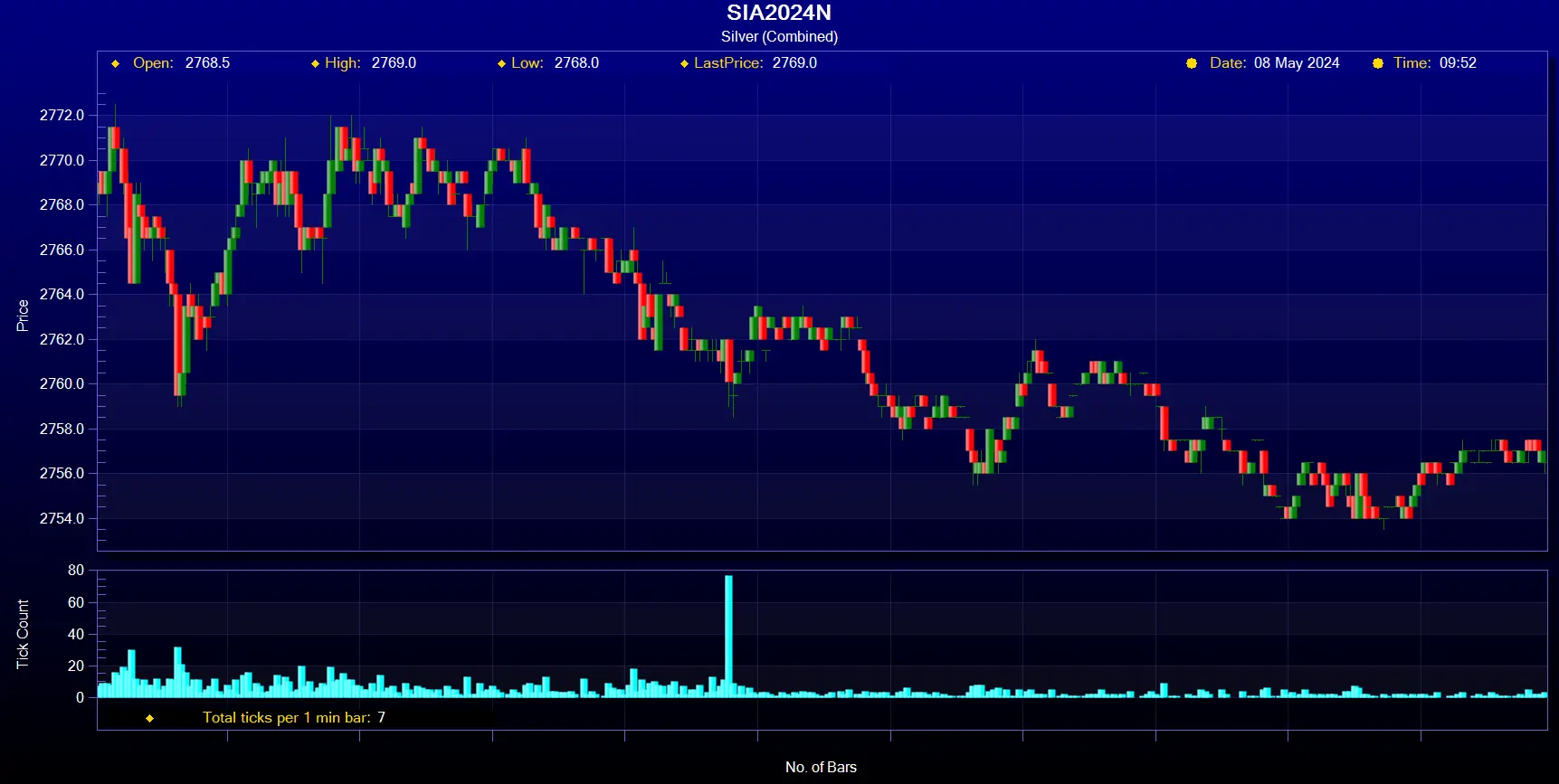Exploring Historical Silver Futures Data
This article was originally published on May 9th 2024. Read the original article here.
In the dynamic world of commodities trading, silver futures (symbol SIA) stand out as a fascinating avenue for investors seeking opportunities to diversify their portfolios and hedge against market volatility. However, making informed decisions in this realm requires access to robust historical data that can provide insights into price trends, patterns, and potential future movements.
Understanding Silver Futures
Silver futures are financial contracts that obligate the buyer to purchase a specified amount of silver at a predetermined price and on a specific future date. Silver futures contracts typically specify the quantity of silver, quality standards, and delivery location. They also specify the delivery month, which represents the future month in which the contract matures.

Importance of Historical Silver Data
Historical silver futures data serves as a treasure trove of information for traders, analysts, and researchers alike. By analyzing past price movements, trading volumes, open interest, and other relevant metrics, market participants can gain valuable insights into the behavior of silver futures over different time frames. Here’s why historical data is indispensable:
- Price Analysis: Studying historical price data enables traders to identify recurring patterns, support and resistance levels, and price trends, thereby informing their trading strategies and decision-making processes.
- Market Sentiment: Historical data reflects market sentiment and dynamics prevailing during specific periods, allowing traders to gauge investor sentiment, market psychology, and potential market reactions to external events or economic indicators.
- Risk Management: Analyzing historical volatility and price fluctuations aids in assessing the risk associated with silver futures trading, helping traders to devise risk management strategies and set appropriate stop-loss levels. Strategy Development: Historical data serves as a foundation for developing and backtesting trading strategies, enabling traders to refine their approaches based on past performance and optimize their chances of success in the market.
Accessing Historical Silver Futures Data:
Fortunately, accessing historical silver futures data is now more convenient than ever, thanks to advancements in technology and the proliferation of online trading platforms and data providers. Many brokerage firms, and specialized data vendors, such as PortaraCQG, offer comprehensive historical datasets spanning various time periods and intervals, catering to the diverse needs of traders and researchers.
Analyzing Historical Silver Data for Trends and Patterns
When it comes to silver futures, historical data analysis plays a crucial role in identifying trends and patterns that can help traders make informed decisions. By studying the price movements and market behavior over a given period, analysts can identify recurring patterns and develop trading strategies accordingly.
One common approach is to perform technical analysis on historical silver futures data. This involves studying charts, indicators, and price patterns to identify potential entry and exit points. For example, the moving average crossover strategy involves comparing short-term and long-term moving averages to identify buy or sell signals. By examining historical data, traders can backtest these strategies to gauge their effectiveness in different market conditions.
Another aspect of historical data analysis is identifying long-term trends. By analyzing silver futures data over extended periods, analysts can identify secular trends that span years or even decades. This can help traders make more informed decisions based on the broader market sentiment. For instance, if historical data reveals a long-term uptrend in silver prices, investors might consider adopting a more bullish stance on the metal.

Common Challenges and Limitations
One significant challenge is the quality and accuracy of historical data. Not all data sources are created equal, and discrepancies or errors in the data can lead to flawed analysis and incorrect conclusions. Traders should ensure that they use reliable and reputable data sources to minimize the risk of relying on flawed or inaccurate data.
Another challenge is the availability of data for different time periods. Historical data might not be readily available for extended periods, especially for older contracts or less actively traded months. This limitation can hinder the analysis of long-term trends and patterns, making it crucial for traders to seek out data sources that offer comprehensive historical coverage.
Furthermore, it is essential to consider the evolving nature of the silver market itself. Market dynamics change over time due to various factors, such as technological advancements, regulatory changes, and macroeconomic trends. Historical data might not fully capture or reflect the current market conditions, potentially limiting its usefulness in predicting future price movements accurately.
Conclusion
In conclusion, historical silver futures data serves as a cornerstone of analysis and decision-making in the silver market, offering valuable insights into past performance and trends. Whether you’re a seasoned trader seeking to refine your strategies or a curious investor exploring the world of commodities, embracing the power of historical data is key to navigating the complexities of the silver futures market with confidence and precision.
This article was originally published on May 9th 2024. Read the original article here.
Comments
Post a Comment